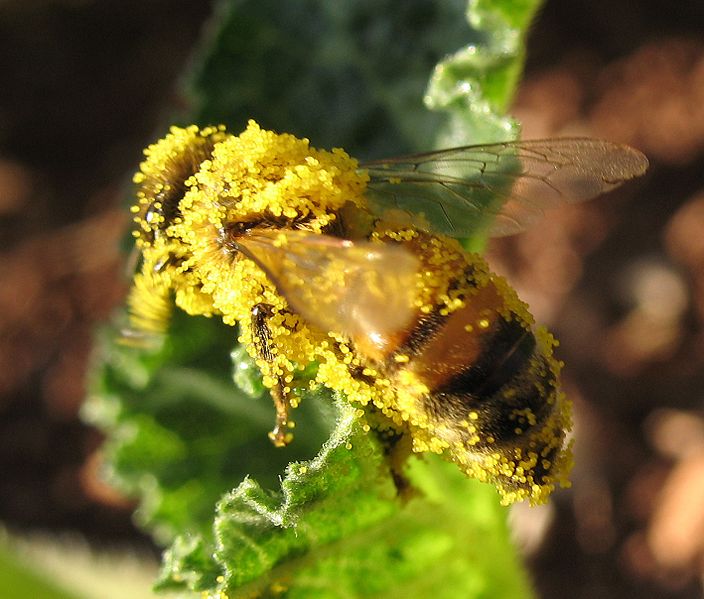We're open daily! View holiday hours
Science News
Infecting Pollen
December 27, 2010

Scientists revealed a key finding last week in the fight to save pollinators—perhaps pollen is harboring viruses, allowing them to spread from bee to bee.
Domesticated honey bees have been disappearing for the last several years due to Colony Collapse Disorder, or CCD. This past fall, researchers found that CCD is potentially caused by a deadly one-two punch from a virus-fungus combination.
In a recent study, published in PLoS One, researchers found that bee pollen pellets can contain the contributing viruses.
The scientists found that even if a bee were not infected with a virus, their pollen pellets could contain viruses, indicating that pollen itself may harbor the deadly agents. When infected pollen is stored in a hive, researchers found the queen could become infected and lay infected eggs, creating an entirely new generation carrying the virus.
Sadly, virus-laden pollen affects more than just honey bees. The researchers found eleven wild species carrying infected pollen pellets, as well. The authors suggest that the pollen is potentially responsible for transmitting the disease from the domestic to wild populations. Perhaps this could be the reason that wild pollinators, such as bumble bees and wasps, have also been in recent decline.
Both natural ecosystems and agriculture depend on pollinators—natives and honey bees. Their health (or lack there of) is essential to all of us. The more we know, the better prepared we are to protect them.
Image by Eli Shany/Wikimedia